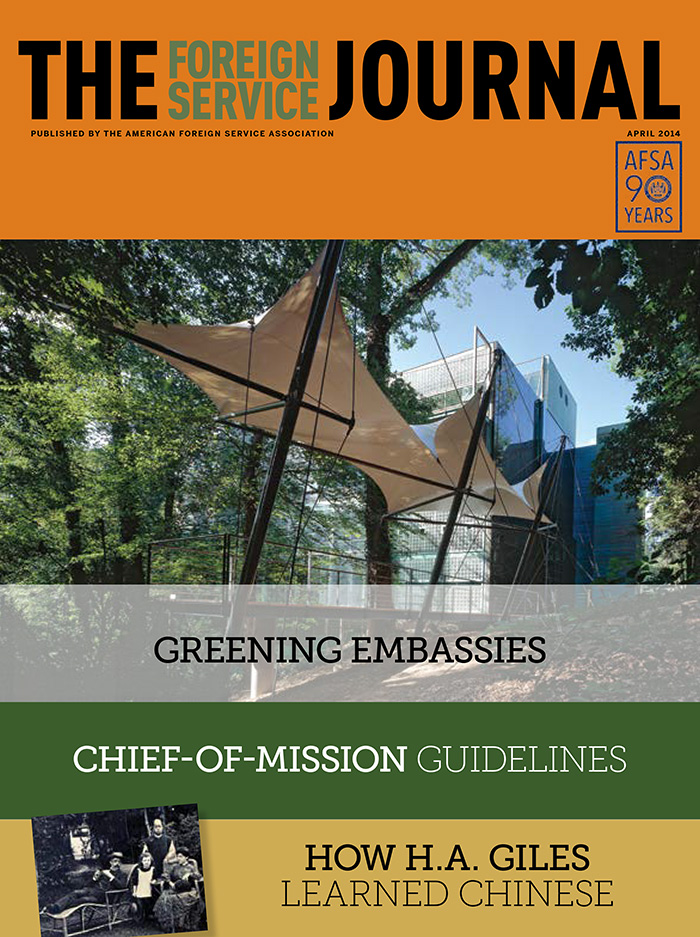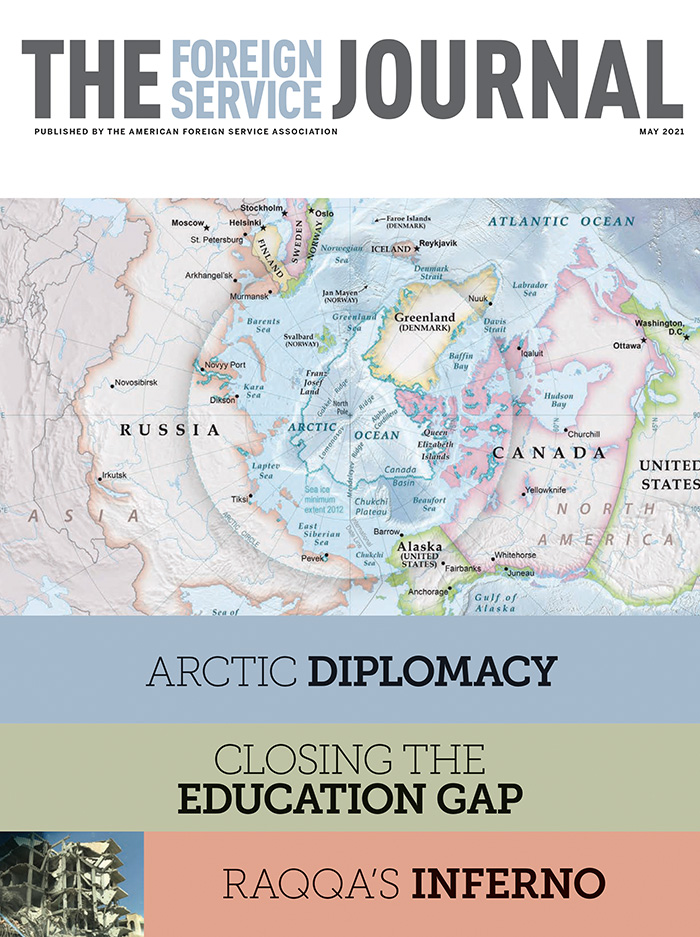From the FSJ Archive: Climate Diplomacy
Exporting Conservation

There are no longer any simple problems in the resource field. It used to be that we thought compartmentally and worked compartmentally. But today we have gained the wisdom to realize that resource problems are intertwined. Water pollution or the use of a pesticide in one part of a river basin or valley can affect people thousands of miles away. … It is so vital for many countries in the world today to develop the long view. No plan for resource development is any good without the coloration of wisdom. Inevitably involved in this long view of resource planning must be the recognition that resources overlap national boundaries, just as they overlap state boundaries.
—Stewart L. Udall, U.S. Secretary of the Interior, July 1964.
Diplomacy and the Environment: Saving the Tropical Forest

Economic policy reform and environmental issues are directly linked, because deteriorating environments affect economies, and failing economies accelerate environmental degradation. In many developing countries forestry, for example, depends simultaneously on both the exploitation and conservation of the natural resource base. The common goal in developed and developing countries alike should be to implement policies that balance these competing needs to yield the greatest increase in social welfare by optimizing environmental improvement and income growth.
—USAID FSO Jeff Schweitzer, October 1990.
Eco-Diplomacy: Building the Foundation

The term eco-diplomacy, coined by the Department of State, means: “the practice of conducting international relations by facilitating and advancing a shared commitment to conserving natural resources through sustainable operations and responsible environmental stewardship.” It stands on three foundational cornerstones: environmental policy that defines a shared commitment; green buildings that act as tangible demonstrations and platforms from which to communicate; and operational results that record advances in performance.
—Donna McIntire, chief of the energy and sustainable design unit in State’s Bureau of Overseas Building Operations, April 2014.
Toward a Sustainable Arctic

Those of us in the Arctic already feel the effects of climate change, and appreciate that it is a real global threat, growing at an unprecedented scale. … [W]e need stronger global action and cooperation to reduce emissions, along with increased adaptation efforts, to deal with the drastic impact climate change is already having on our region. To help us in this battle, we must strike a balance among economic growth, social inclusion and environmental protection.
—Einar Gunnarsson, Icelandic FSO and chair of the Arctic Council’s Senior Arctic Officials, May 2021.
To Lead Abroad, We Must Deliver at Home

Internationally, the knowledge that vulnerable people are disproportionately affected by environmental decisions is critical, and we often focus on the binary “developed” versus “developing” country distinction. But the reality is that within developed countries, disparities are also often quite pronounced. West Virginia, USA; Taiyuan, China; and Katowice, Poland, must all grapple with the displacement of coal industry workers. If the United States and other countries can manage to move from reliance on fossil fuels while supporting and transitioning sizable sections of the American population, the new world system we are building will have more legitimacy.
—FSO Holly Kirking Loomis, October 2021.

